Culture
Itinerary
ABOUT CULTURE
THE MAASAI CULTURE
The Maasai tribe is the most authentic ethnic tribe of Kenya. The Maasai tribe (or Masai) is a unique and popular tribe due to their long preserved culture. Despite education, civilization and western cultural influences, the Maasai people have clung to their traditional way of life, making them a symbol of Kenyan culture.
Maasai’s distinctive culture, dress style and strategic territory along the game parks of Kenya and Tanzania have made them one of East Africa’s most internationally famous tourist attractions.
The Maasai people reside in both Kenya and Tanzania, living along the border of the two countries. They are a smaller tribe, accounting for only about 0.7 percent of Kenya’s population, with a similar number living in Tanzania. Maasai’s speak Maa, a Nilotic ethnic language from their origin in the Nile region of North Africa.
The Samburu tribe is the closest to the Maasai in both language and cultural authenticity It is thought that the Maasai’s ancestors originated in North Africa, migrating south along the Nile Valley and arriving in Northern Kenya in the middle of the 15th century.
They continued southward, conquering all of the tribes in their path, extending through the Rift Valley and arriving in Tanzania at the end of 19th century. As they migrated, they attacked their neighbors and raided cattle. By the end of their journey, the Maasai had taken over almost all of the land in the Rift Valley as well as the adjacent land from Mount Marsabit to Dodoma, where they settled to graze their cattle.
Maasai Culture
The warrior is of great importance as a source of pride in the Maasai culture. To be a Maasai is to be born into one of the world’s last great warrior cultures. From boyhood to adulthood, young Maasai boys begin to learn the responsibilities of being a man (helder) and a warrior. The role of a warrior is to protect their animals from human and animal predators, to build kraals (Maasai homes) and to provide security to their families. Through rituals and ceremonies, including circumcision, Maasai boys are guided and mentored by their fathers and other elders on how to become a warrior. Although they still live their carefree lives as boys – raiding cattle, chasing young girls, and game hunting – a Maasai boy must also learn all of the cultural practices, customary laws and responsibilities he’ll require as an elder.
An elaborate ceremony – Eunoto – is usually performed to “graduate” the young man from their moran and carefree lifestyle to that of a warrior. Beginning life as a warrior means a young man can now settle down and start a family, acquire cattle and become a responsible elder. In his late years, the middle-aged warrior will be elevated to a senior and more responsible elder during the Olng’eshere ceremony.
Maasai children enter into a system of “age-sets” with peers where various life stages, such as circumcision, are marked with ritual and ceremonies. At the age of 14, girls are initiated into adulthood through an official circumcision ceremony known as Emorata.
Presently, the female circumcision ritual is outlawed in Kenya and its use is diminishing from the Maasai women’s culture. Young Maasai girls are still taught other functional roles like how to build houses, make beadwork, and cook and clean their homes, by their mothers and older women. When they come of age, their parents “book” a warrior from a respectable clan as an appropriate husband for their daughter.
Maasai Homes
Since the Maasai lead a semi-nomadic life, their houses are loosely constructed and semi-permanent. They are usually small, circular houses built by the women using mud, grass, wood and cow-dung. The men build the fences and sheds for the animals.
Maasai and their love of cattle
Though they traditionally dressed in animal skins, today, typical Maasai dress consists of red sheets, (shuka), wrapped around the body and loads of beaded jewelry placed around the neck and arms. These are worn by both men and women and may vary in color depending on the occasion.
Maasai faith and religion
In their monotheistic traditional beliefs, the Maasai god (Enkai or Engai) was manifested in two forms: the black god, who was benevolent; and the red god, who was vengeful. Today most of the Maasai tribe are Christians and a minority are Muslims.
Maasai food
All of the Maasai’s needs for food are met by their cattle. They eat the meat, drink the milk and, on occasion, drink the blood. Bulls, oxen and lambs are slaughtered for meat on special occasions and for ceremonies. The by-products of the animals – skin and hides – are used as bedding while cow dung is used for building (it is smeared on the walls). The Maasai’s entire way of life truly revolves around their cattle.
The Maasai tribe today
The effects of modern civilization, education and western influence have not completely spared this unique and interesting tribe. Some of the Maasai tribe’s deep-rooted culture is slowly fading away. Customs, activities and rituals such as female circumcision and cattle raiding have been outlawed by modern legislation. Maasai children now have access to education and some Maasai have moved from their homeland to urban areas where they have secured jobs.
The Maasai tribe now occupies a much smaller area in the Kajiado and Narok districts as their vast territory has been taken over by some of Kenya’s game reserves. The Maasai’s territory now overlaps with the Serengeti plains in Tanzania and Masai Mara National Reserve in Kenya. This area is famous for the huge wildebeest migration that takes place every year, when up to a million animals move from the north end of the plains to the south. However, the Maasai’s authentic and intriguing culture is a tourist attraction on its own. You can see the Maasai people and experience Maasai culture while on a safari tour in Kenya.
Maasai cultural tours
Kenya’s safari tours enable both visiting tourists and native Kenyans to enjoy the country’s wildlife, while also exploring the Maasai’s rich cultural heritage by visiting their homes and attending Maasai cultural shows. These tours are held in Kenya’s game reserves, in particular, the Masai Mara National reserve.
The tours also provide an ideal opportunity for participants to take part in the Maasai dance and buy traditional Maasai jewelry, art and crafts to take home as souvenirs. If you’d like to visit the Maasai people and experience their culture, get more information from your number one Leading Birding and Camping Safaris company for tours and safaris within Eastern Africa and make your dream a reality.

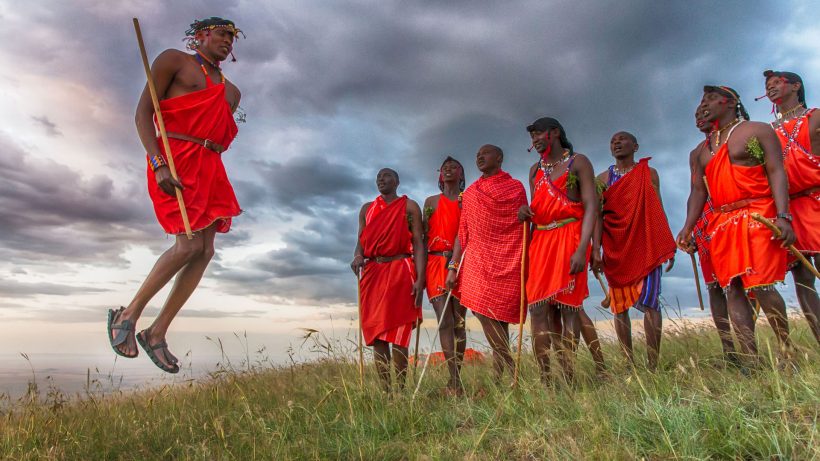
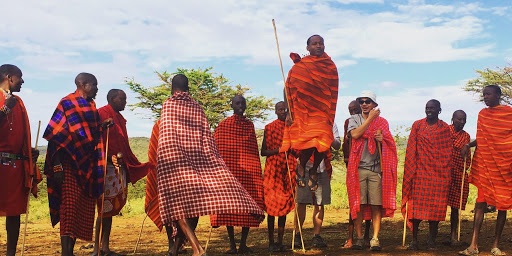

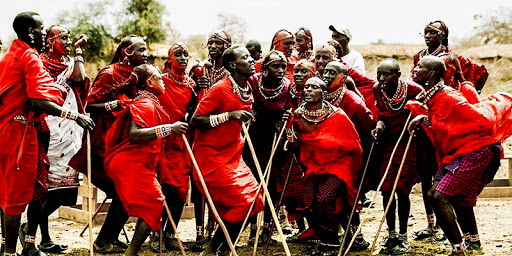
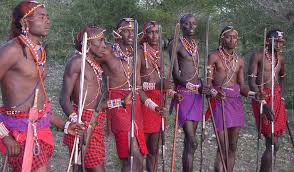

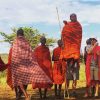
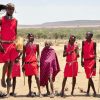
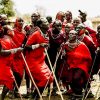
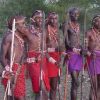
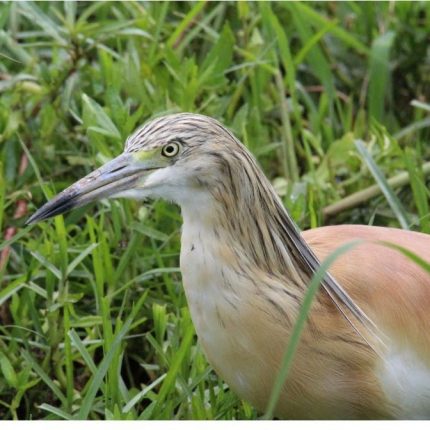
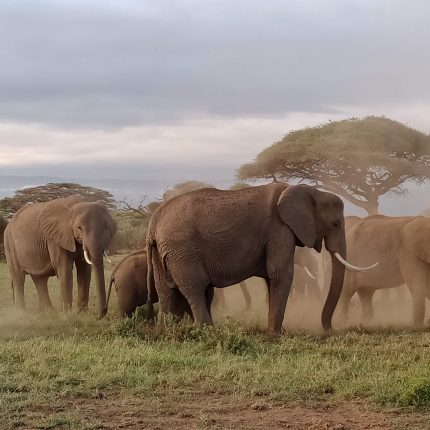
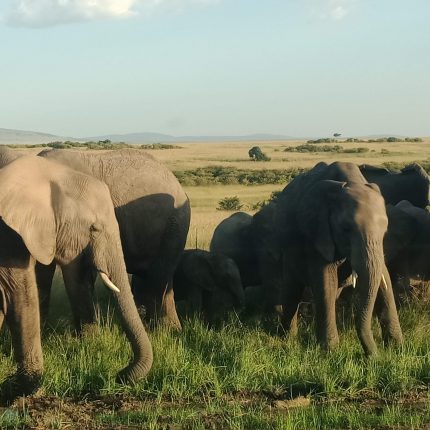
Reviews
There are no reviews yet.